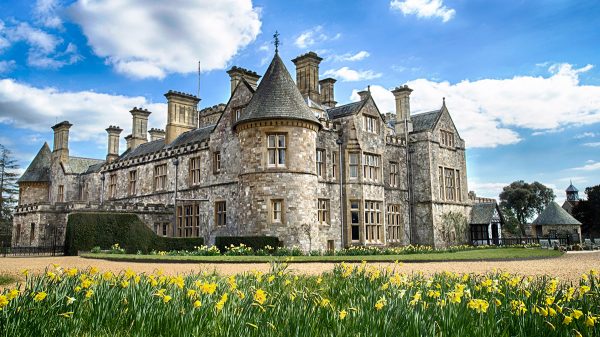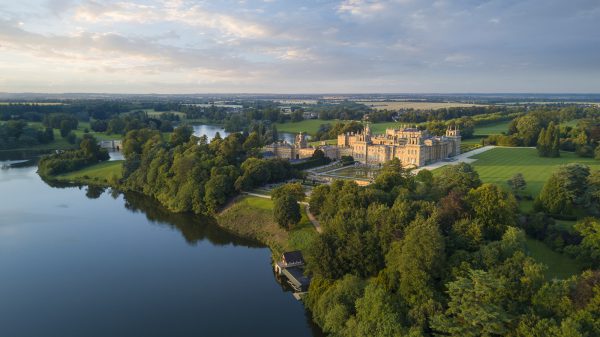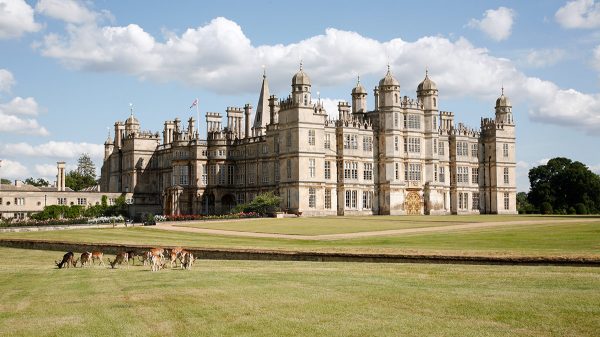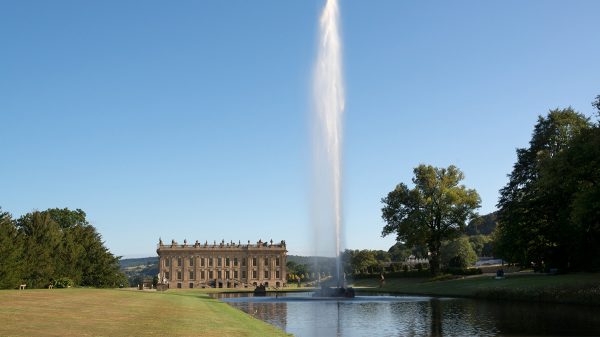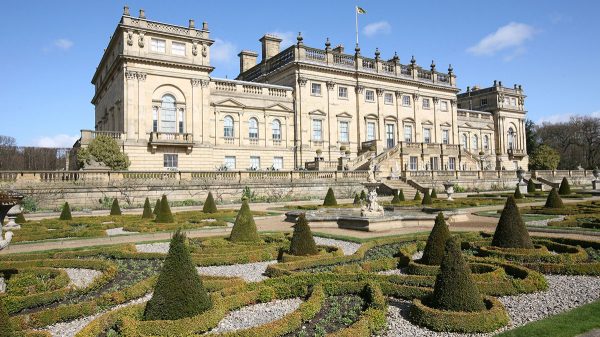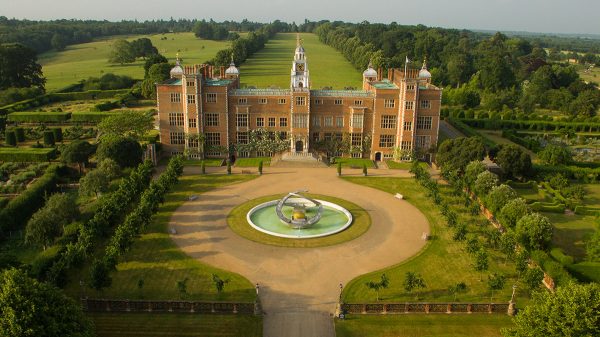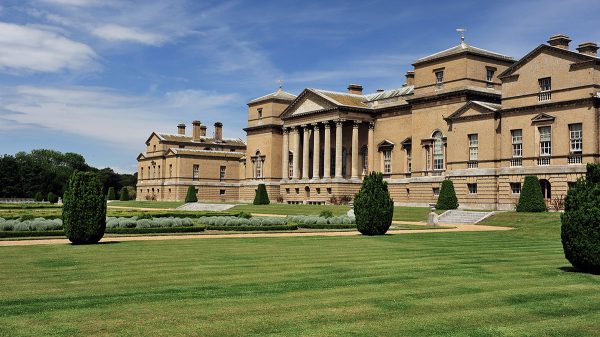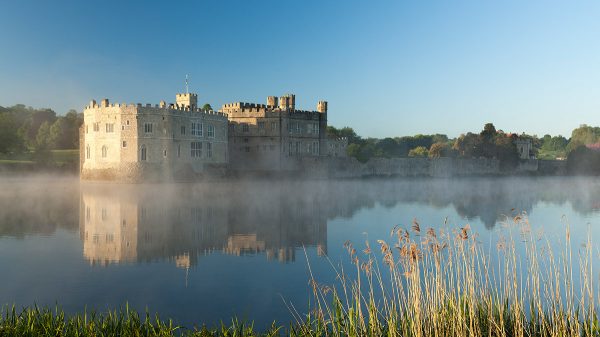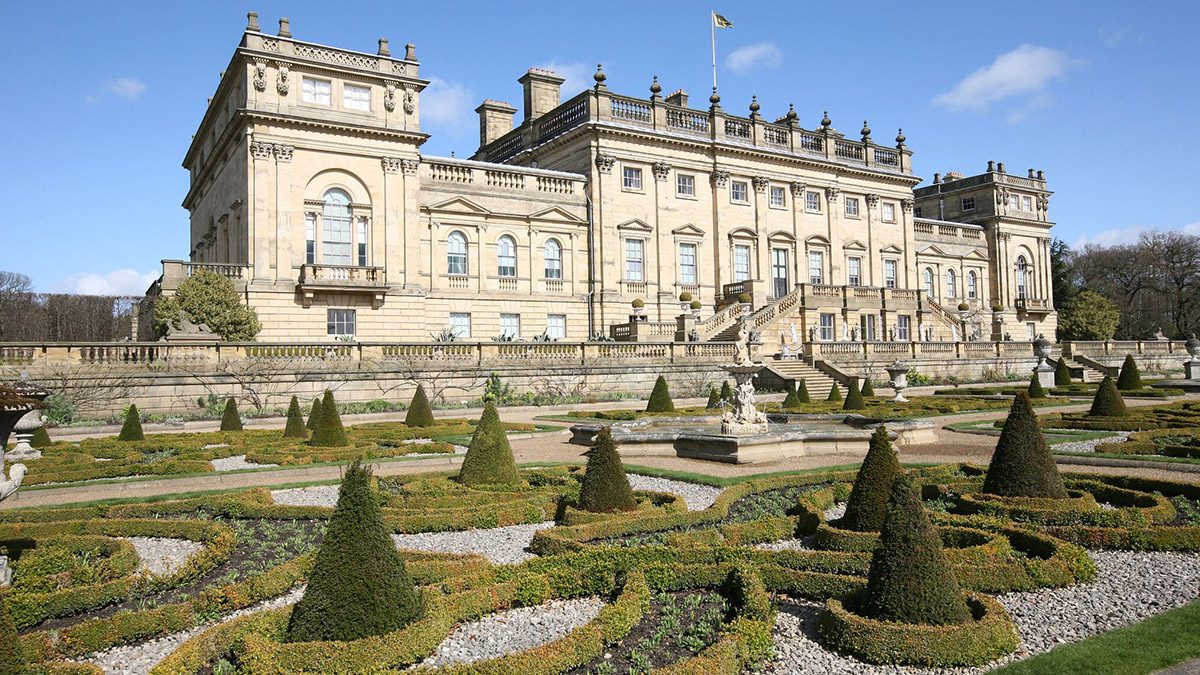
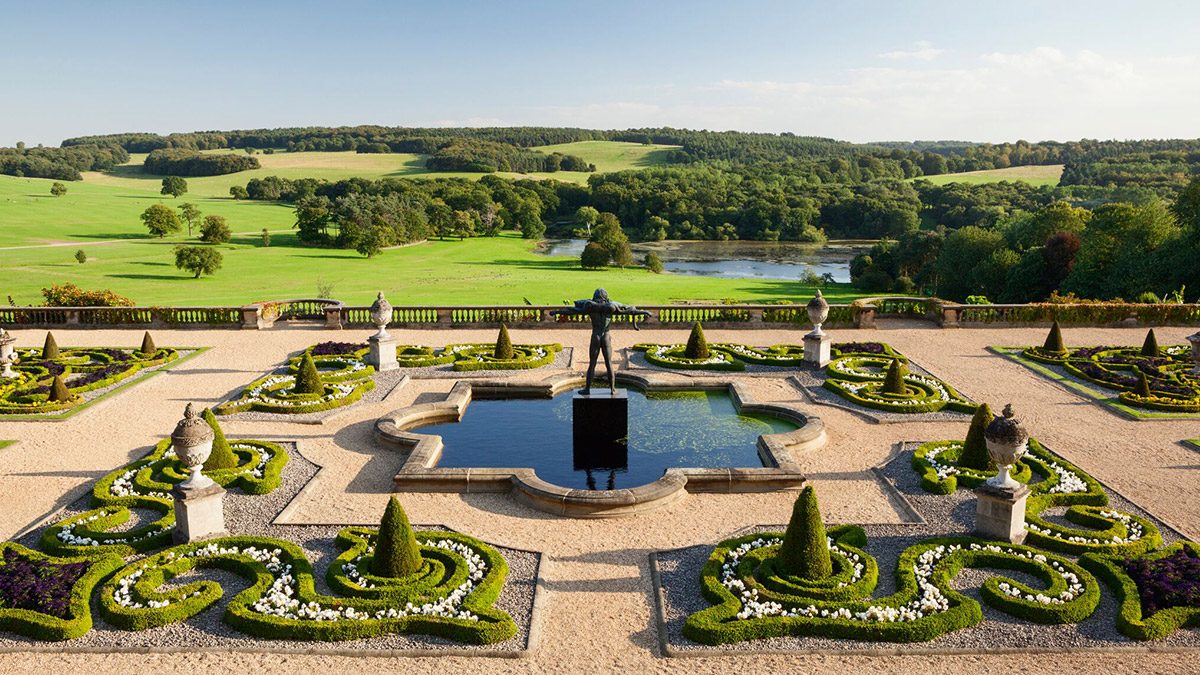

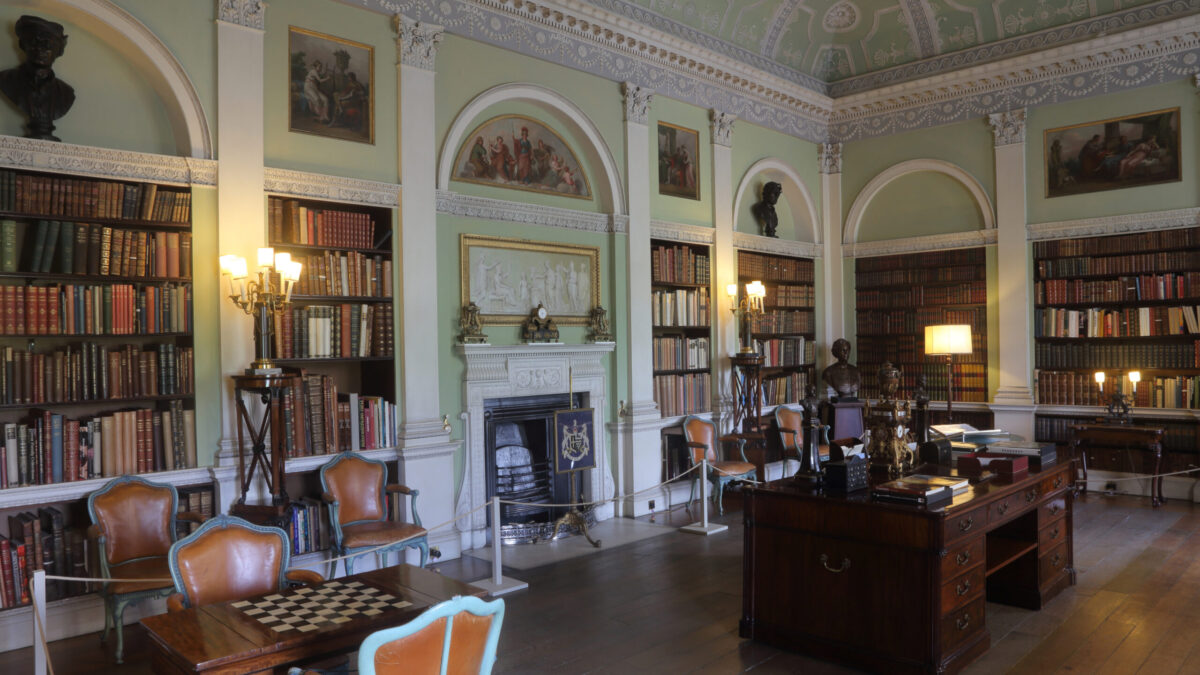

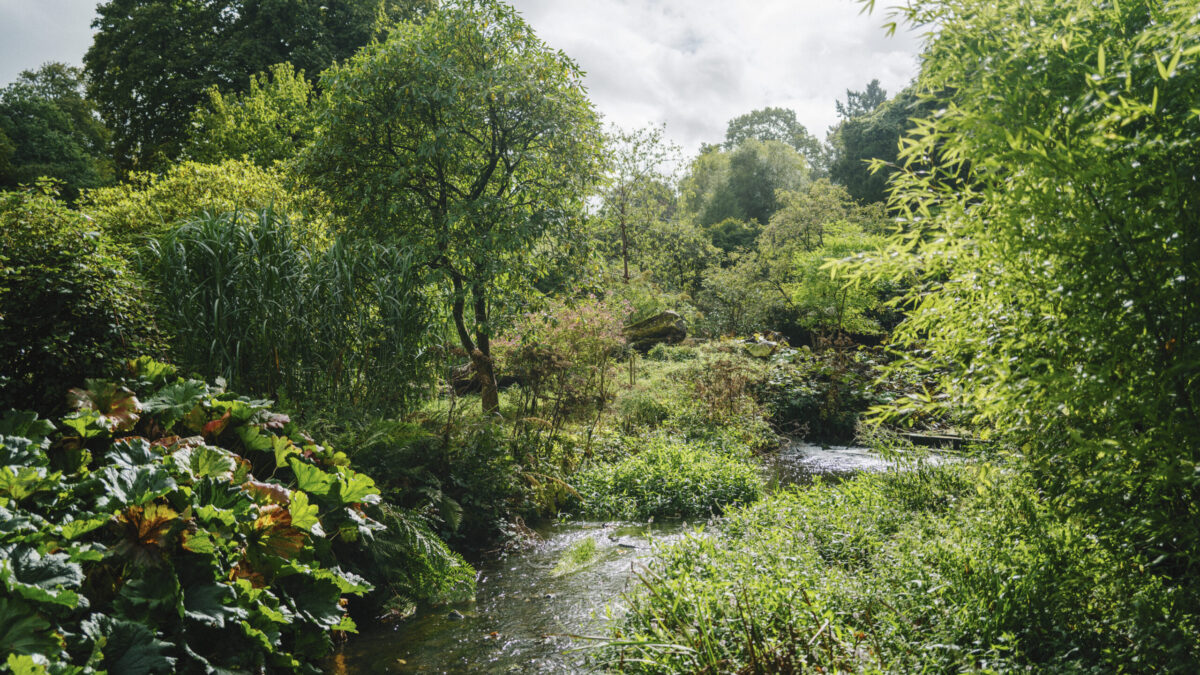





Did you know?
In 1767, Thomas Chippendale, who would become the greatest and most famous English furniture maker, received the largest and most lucrative commission of his career, worth more than £10,000, to furnish the newly built Harewood House. Today, Harewood is home to some of the most outstanding pieces of Chippendale furniture ever produced.
The Himalayan Garden is worlds away from the formal gardens you'd expect in a country house. Rock pools, water rills, stepping stones, and an authentic Stupa built in collaboration with Bhutanese monks give the Himalayan Garden its unique character and distinctive charm. Here, plants from Japan, China, and the Himalayas thrive, carefully cultivated to create a lush and authentic experience.
Between 1930 and 1965 Harewood House became the home of HRH Princess Mary, The Princess Royal, daughter of King George V and Queen Mary. She had married Henry, Viscount Lascelles, future 6th Earl of Harewood, almost a decade earlier in 1922.
The earliest sign of human activity at Harewood is on a large boulder of millstone grit, the Greystone, high on the far hillside as you look across the Lake from Harewood House. Pecked onto its surface with a stone tool or possibly a deer antler is a large cup and ring mark dating back to the Neolithic and Bronze Age, more than 4,000 years ago.
The first known owners of Harewood are three Saxon Chieftains, the wonderfully named Tor, Sprot and Grim. Their names are recorded in the Domesday Book, William the Conqueror’s massive and extraordinarily comprehensive survey of land ownership compiled shortly after the Battle of Hastings. Following the Battle of Hastings, the land was confiscated and given to a Norman nobleman, Robert de Romelli, whose descendants were the first Lords of the Manor of Harewood.

